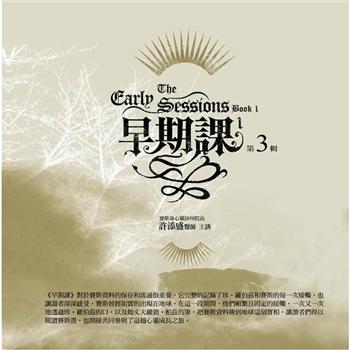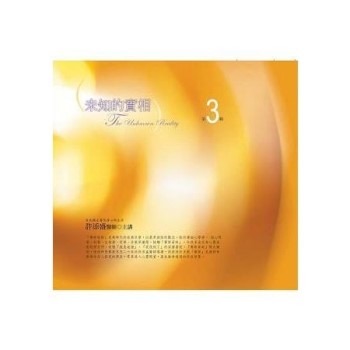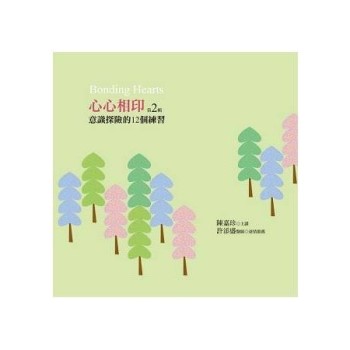What is bonsai?
An old art form from East Asia called bonsai has captured the attention of admirers and enthusiasts all around the world. The word "bonsai" means "tree in a tray" or "plantings in a pot" in Japanese. A bonsai is a living piece of art that blends horticulture, perseverance, and creativity; it is not just a miniature tree. We will examine the history, philosophy, techniques, and tremendous delight that bonsai gives to both its practitioners and viewers as we delve into the soul of the practice in this section.
The art of growing miniature trees in pots dates back over a thousand years to ancient China, where bonsai originated. They adorned the gardens of aristocrats and emperors and were regarded as sacred specimens. Later, the bonsai art made its way to Japan, where it developed into the refined and distinctive style that we are familiar with today. Japanese Zen Buddhism, which places a strong emphasis on harmony, balance, and a deep respect for nature, has a significant impact on the development of bonsai.
In addition to being a visual art form, bonsai represents a philosophy that promotes reflection, patience, and a sense of connection with nature. The fundamental idea of bonsai is the coexistence of man and nature. The goal of a bonsai artist, also known as a "bonsaika," is to replicate the magnificence and beauty of nature in miniature while capturing the essence of a full-sized tree in a small-scale imitation. Practitioners of bonsai work diligently to communicate their respect for life, impermanence, and the changing of the seasons by means of the meticulous development and care of a bonsai tree.












